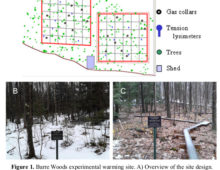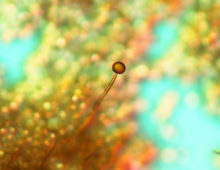Regulatory Genomics of Brachypodium
This is a proposal to develop the most advanced systems-level understanding of transcriptional regulation of grass growth. Brachypodium distachyon is a model system for the study of energy crops such as sorghum, miscanthus, and switchgrass, and the team’s approach depends on a unique combination of reagents that were developed in collaboration with JGI. The identification… [Read More]



